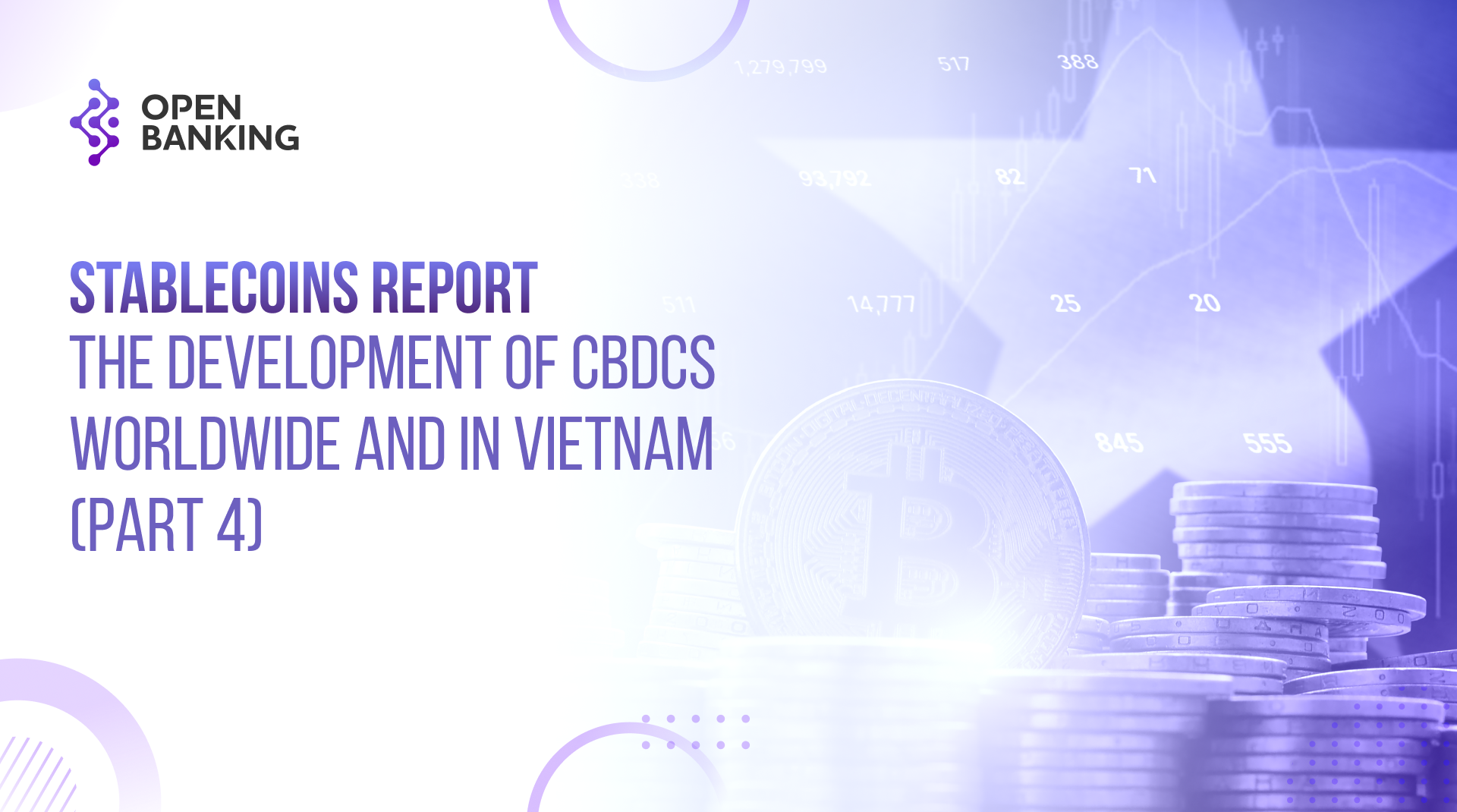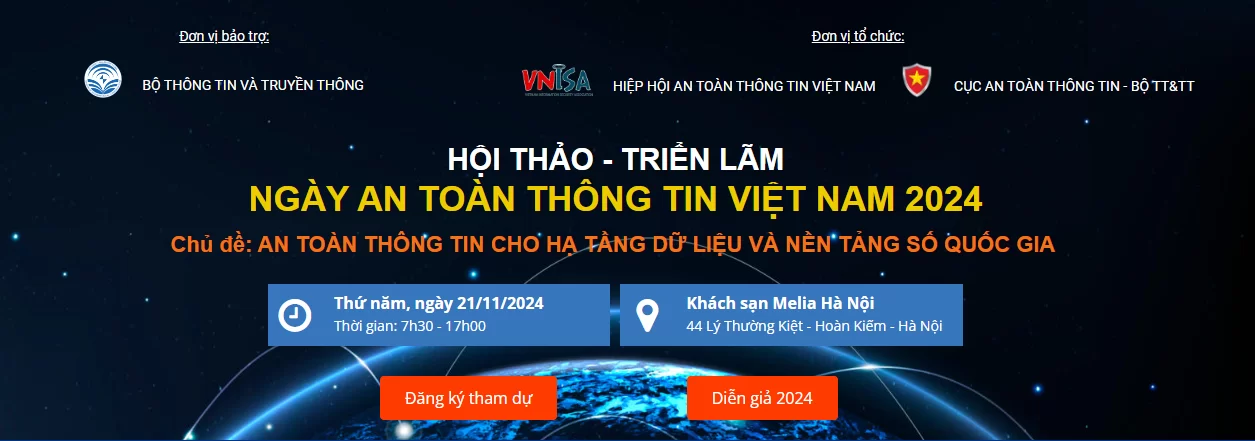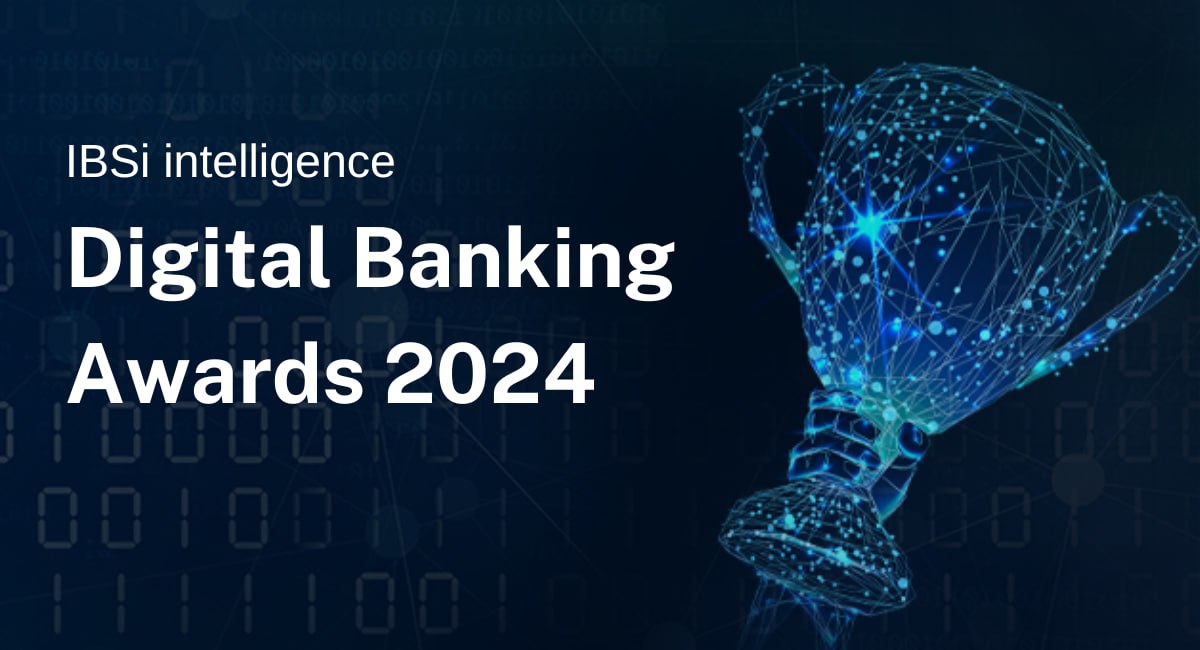Stablecoins are becoming an increasingly hot topic within Vietnam’s financial and tech communities. Although not legally recognized as a means of payment, stablecoins have been quietly growing in popularity in investment as well as crypto. So, where do stablecoins currently stand in Vietnam’s digital finance landscape, and what does the future hold for them?
1. Legal status of stablecoins in Vietnam
As of now, stablecoins are not recognized as a legal means of payment under Vietnamese law. The State Bank of Vietnam (SBV) has declared that the issuance, provision, and use of Bitcoin and similar virtual currencies — including stablecoins — as a form of payment is illegal and subject to administrative fines ranging from VND 150 to 200 million. Any form of payment using stablecoins — whether USDT, USDC, or other tokens — is strictly prohibited.
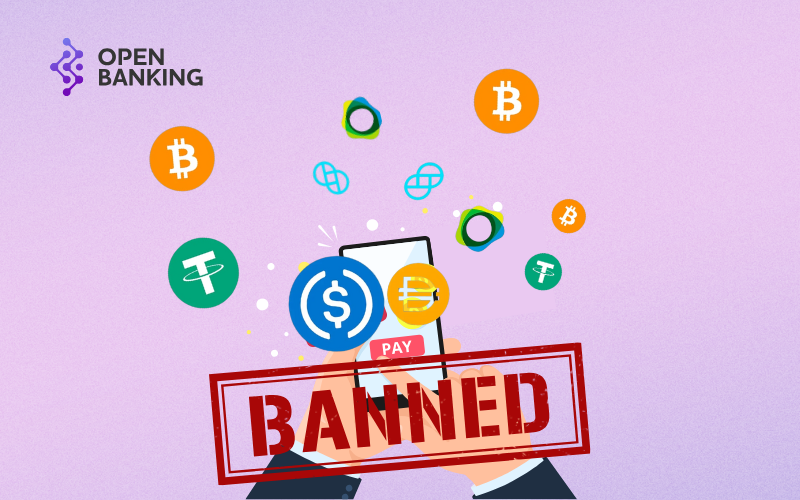
However, while payment via stablecoins is banned, the government does not prohibit the holding or trading of cryptocurrencies as a form of digital asset.
In recent years, the government has taken initial steps toward regulating the digital asset sector. For instance, the 2022 Anti-Money Laundering Law was the first to officially include virtual assets within its regulatory scope. Moreover, initiatives like Decision 1255/QĐ-TTg (2017) and the Ministry of Finance’s formation of a research group on cryptocurrency in 2020 show that the Vietnamese government is gradually moving toward establishing a legal framework for this emerging sector.
2. Stablecoin usage in Vietnam
Despite the lack of a clear legal framework, Vietnamese users widely utilize stablecoins in investment and crypto-related activities, notably within these main groups:
- Crypto investors and traders: Stablecoins like USDT and USDC are viewed as “digital dollars,” allowing users to store value and trade efficiently on international exchanges. Vietnam’s peer-to-peer (P2P) and over-the-counter (OTC) markets are especially active, where stablecoins are freely exchanged for Vietnamese Dong (VND) outside of the formal banking system.
- Asset storage and liquidity: Stablecoins are used as a store of value pegged to the USD, helping users protect their capital from minor VND depreciation. Some also use stablecoins for peer-to-peer remittance — while not legal, this practice is still quite common.
- Freelancers and remittances: Many freelancers in tech, design, or software development receive payments in stablecoins rather than traditional bank transfers. Remittances are also shifting, with senders opting to transfer funds in USDT/USDC and converting them to VND locally, saving both time and transaction fees compared to banking channels.
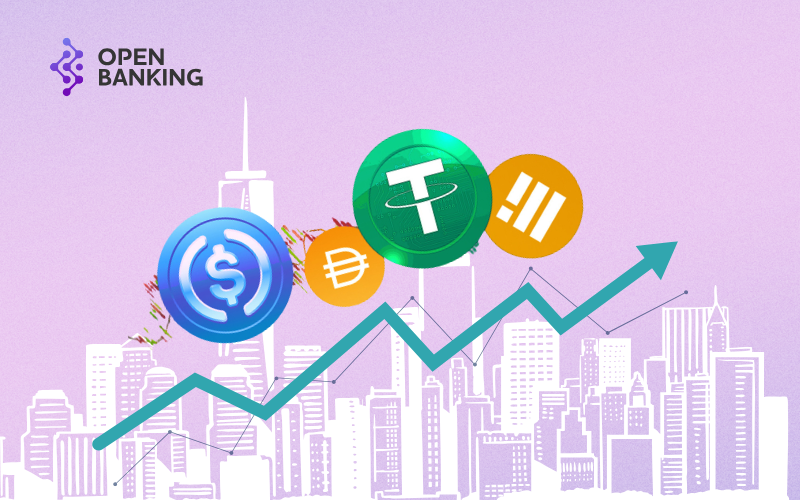
3. Vietnamese businesses and startups involved in stablecoins
Within Vietnam’s blockchain ecosystem, several businesses and projects are either developing or integrating stablecoin-related technologies:
- VNDC / ONUS
VNDC was among the first domestic stablecoin projects, pegging 1 VNDC = 1 VND and operating as a fiat-backed token on blockchain. Though not officially licensed, VNDC and the ONUS platform have attracted millions of users. Today, ONUS continues as a crypto investment platform, with VNDC coexisting alongside international stablecoins.
- International stablecoins pegged to VND
International entities like Binance and Stably have launched VND-pegged stablecoins such as BVND and VNDS. However, these coins have yet to gain significant traction, due in part to low public trust and a lack of legal backing in Vietnam.
- Stablecoin integration in financial services
A few small fintech firms have started using stablecoins for cross-border remittances, though end users still receive VND. Meanwhile, Vietnamese blockchain company TomoChain has collaborated on stablecoin/CBDC development for other countries such as Laos — highlighting Vietnam’s potential in both technology and talent for digital finance.
4. Future directions and outlook for Stablecoins in Vietnam
So far, regulators have remained cautious and have not moved to legalize stablecoins. Instead, the State Bank of Vietnam is prioritizing research into launching a central bank digital currency (CBDC). This reflects the government’s interest in digital currency, but with a preference for state-issued and controlled solutions over privately developed stablecoins.
Looking ahead, several developments are possible:
- Pilot programs for stablecoins under regulatory sandboxes
- Connections between stablecoins and the future digital asset trading platform
- A formal legal framework for cryptocurrencies and stablecoins — potentially positioning CBDCs, issued by the SBV, as a core component
At present, stablecoins in Vietnam remain in a legal gray area. While their use is thriving in the crypto community, the regulatory framework is still under construction.
In the future, as the government continues to prioritize digital transformation and digital currency initiatives, stablecoins may be brought under a clearer legal structure — or be complemented, if not replaced, by a state-controlled CBDC. Key stakeholders — including the SBV, Ministry of Finance, and industry associations — are closely monitoring international developments to shape Vietnam’s policy on stablecoins.


